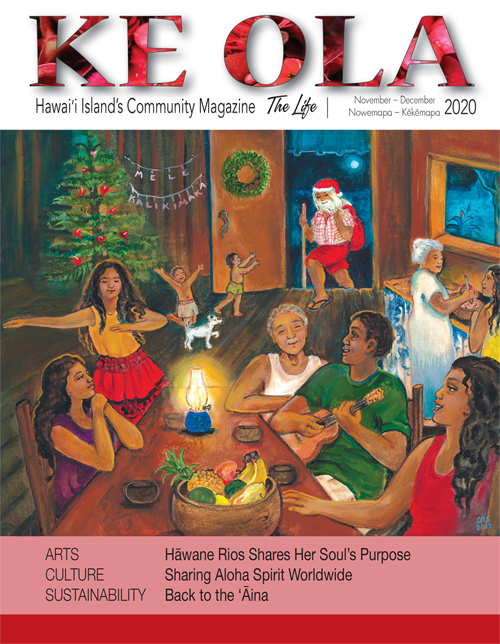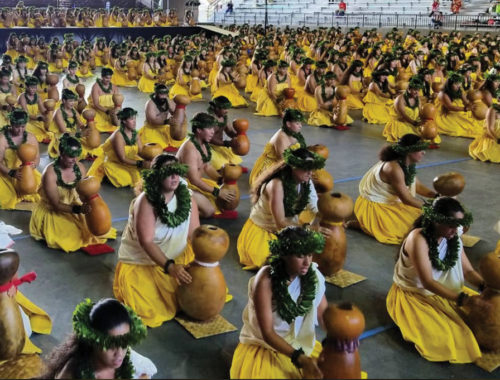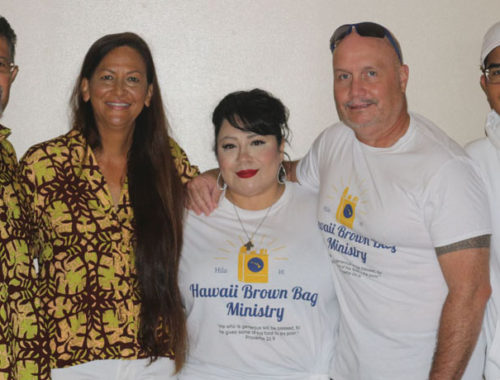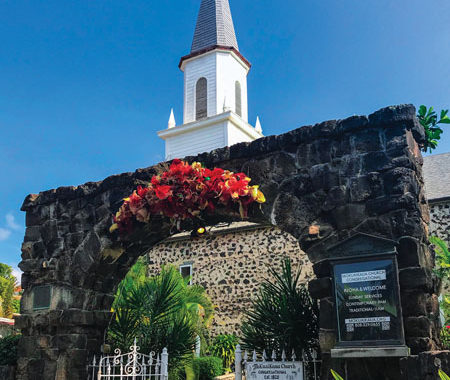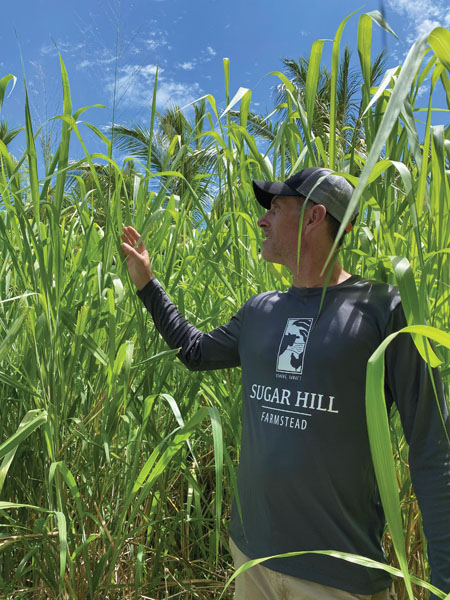
Back to the ‘Āina: Strengthening Hawai‘i Island’s Food System
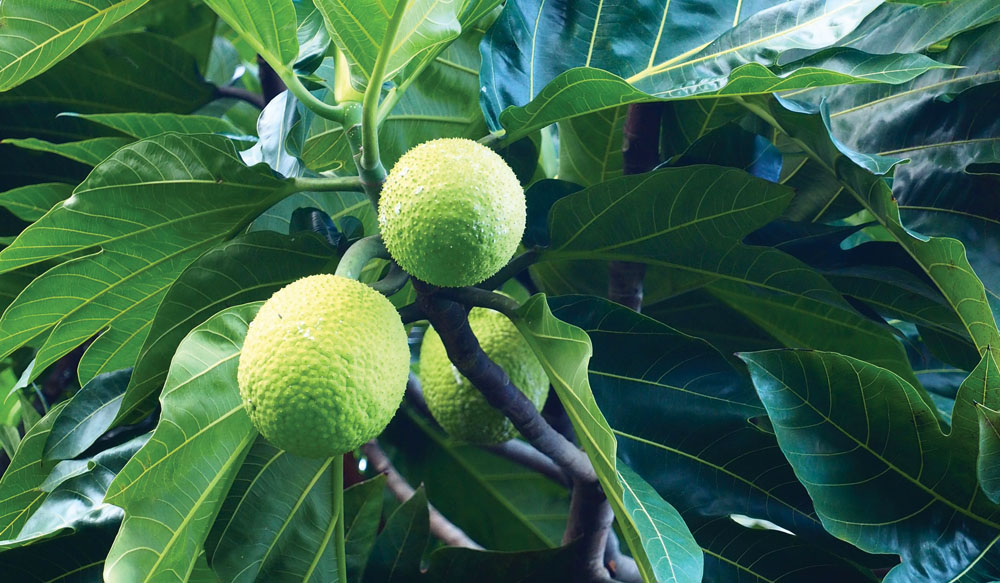
By Brittany P. Anderson
The afternoon heat hangs heavy over the field. Two farmers continue their work seemingly unaffected by the weather. Arms and legs bundled up to avoid being burned by the sun, they pluck beans, cucumbers, and tomatoes from the vines, placing them into baskets, all but disappearing as they move swiftly along the rows.
For food producers on Hawai‘i Island, the work of feeding their community is never done. Over the past year, food security and sovereignty has come to the forefront of conversations. From family circles to government officials, everyone asks the same question: how can we make Hawai‘i Islandʻs food system more robust and more secure for all the islandʻs residents?
Connection and Relationship
A food sovereignty movement is awakened on Hawai‘i Island. Food sovereignty is rooted in the principles that the community has a right to healthy, culturally appropriate food produced through ecologically sound and sustainable methods. It is also a bottom-up approach centered around what farmers grow locally and local control over their food system instead of imported food distribution methods. There is no one-size-fits-all approach to food sovereignty because it focuses on the relationship between people and the connection to their culture.
M. Kalani Souza, Hawaiian practitioner, priest, permaculturist, and cross-cultural facilitator, is actively engaged in Hawai‘i Islandʻs food sovereignty movement.
“At the center of [Hawaiian] culture is food, and the consumption of food is one of the most important parts,” Kalani says in his soft voice. “In eating, you take in the world around you, you digest it, and then compost the rest,” he remarks. For Kalani, everything comes down to relationships and connections.
Hawai‘i Island was once able to grow enough food to feed all its inhabitants. With the introduction of industrialized agriculture, much of the traditional farming methods were lost. “There has to be a relationship with growing food; without a relationship, there is no knowledge,” Kalani pauses, “and then there is no transgenerational knowledge.” He speaks like the thunderous clouds that hug Hualālai—profound and full of intention.
Hawai‘i Island food sovereignty is getting back to a generational understanding of farming and a self-regenerating system of producing food for everyone and everything within the community.
Building a robust food sovereignty community is vital to strengthening food security on Hawai‘i Island. One way of making a sovereign and resilient food system is through the farm cooperative model.
Farm cooperatives, or co-ops, involve a network of farmers who do business as one entity. Farmer co-ops pool resources together for marketing, distribution, and purchasing supplies, sharing in the risks and rewards. One of the most notable farmer cooperatives on the island of Hawai‘i is the ‘Ulu Cooperative. Started in 2016, the cooperativeʻs goal was twofold. According to their website, the ‘Ulu Cooperative was founded to “revive the cultivation of ‘ulu [breadfruit] and strengthening Hawai‘i Islandʻs food security for a resilient food future.”
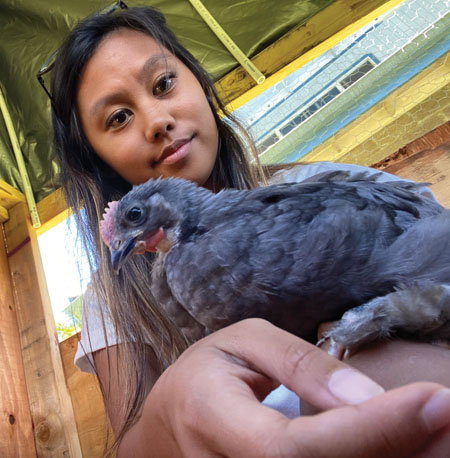
By all accounts, the cooperative has been a success. As local access to ‘ulu increases, demand and prosperity increase with it. When small farms are economically viable, not only does our food system benefit but every sector of the community improves. As island residents integrate ‘ulu back into their diets, food sovereignty continues to grow, building stronger communities as a result.
Kalani poses the question, “How does the relationship come back into industrialized ag?” Without skipping a beat, he answers, “Itʻs a bunch of little farms working together. Better to have a hundred small farms than three really big ones.”
Across the mainland US, large commodity farms pump out high volume crops and meat to feed the nation. Mass systems of food production fail to recognize unique environments or unique cultures. On Hawai‘i Island, the detrimental environmental impacts from high-density commodity farming are acutely felt, which is why small regenerative farms are another critical component to a robust local food system.
Regenerative Agriculture
A herd of cattle cluster along their fence, eagerly eyeing up the green pasture that lies on the other side of the gate. For this herd, the grass is greener on the other side of the fence. They move paddocks every four days, building soil health and closing the carbon cycle as they fatten on the nutrient-dense grasses they help cultivate. Regenerative agriculture is a holistic land management practice that uses the symbiotic relationship between plants and animals to close the carbon cycle, enrich the soil, and increase crop resiliency and nutrient density.
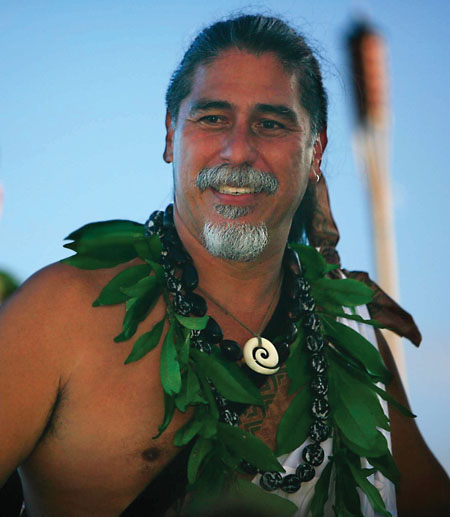
Through regenerative practices, soil health is improved due to increased organic matter creating a diverse ecosystem above and below the ground. When the cows pass through a paddock, the manure deposited feeds the grasses, and in eating, they stimulate the grass to grow. As the cycle continues, more organic matter is created in the pastures, increasing carbon sequestration and decreasing runoff.
“When we started our farm, there was nothing here, no bugs, no birds, no worms, it was barren of life,” Bodhi Anderson of Sugar Hill Farmstead says as he stands surrounded by grass. Bodhi transformed his Honomū property through regenerative agriculture practices, making him a firm believer in the approach. “Once we brought on the ruminants—the sheep and the cows—and rotated them around the farm, life started coming back.” Four years into the endeavor, he still sees results. “Instead of constantly taking from the land, the animals are building soil. We have about eight inches of black dirt full of worms, and our Guinea grass grows six inches in a day.” For Bodhi, the best test for how successful regenerative farming practices are was apex predatorsʻ return. “We have five resident ‘io [Hawaiian hawks] and at least two pueo [Hawaiian owls] that have come back within the past two years. They donʻt touch our chickens, but they do cut down on pests.”
Like the now-shuttered Big Island Dairy, large animal operations often result in adverse environmental impacts such as groundwater contamination, air pollution, and ecosystem destruction. In the quest for food security, Hawai‘i Island can look to regenerative agriculture style farming and ranching for a solution to feeding its people and leaving a positive impact on the fragile island ecosystem.
Shifting the Paradigm
The global supply chains that deliver food to the island of Hawai‘i are increasingly vulnerable as they are costly. Thatʻs why island residents turn to local sources for food and set out on their own to offset their reliance on imports. In many cases, it means ditching a traditional monetary system as well.
Crystal and Jarrick Dasalla found inspiration from island farmers, including Bodhi Anderson, on social media. Crystal, a nurse, and her husband Jarrick, a commercial driver for UPS, decided to raise chickens for eggs. “Iʻve always had gut issues, and eating healthy makes me feel better. But healthy food is really expensive,” Crystal says with a chuckle. “If we eat what we grow, I donʻt have to worry about what Iʻm eating,” she explains.

The young couple hasnʻt had an easy time growing vegetables; however, two of Crystalʻs friends started market gardens and they share their bounty. “When we have enough eggs, I trade for vegetables. They get what they need, and we get what we need,” Crystal continues, “Itʻs like the olden days!” Thereʻs also a deeper connection to their community, “I see my friends more because we are trading for produce, it increases our ability to eat healthy and socialize,” Crystal adds.
Dayna Robertson, an Orchidland homesteader, increased her production recently, helping meet her neighborsʻ needs. “I have upped all my food production for ourselves, trading with our neighbors, and feeding our livestock,” she says. Trading has also become increasingly popular within her community. “I have people stopping by because they heard from a friend that I have food and am open to trades,” Dayna continues, “which is super cool to get to know neighbors.”
As Hawai‘i Island residents begin to value locally grown produce and meats, it has created more opportunities for connection. “My friends are working on creating their own CSA [Community Supported Agriculture], and theyʻre working with other farmers,” Crystal says. “Iʻm inspired by how hard it is to grow food,” Crystal remarks as her tone shifts, “You put blood, sweat, and tears into the food and that food is so much better.”
The primal scent of rain on hot dirt, the clink of a chain as a gate is closed, the chatter of people picking kalo (taro), the gentle breeze dancing through a field—this is a food system strengthening. Hawai‘i Islandʻs food system is becoming more resilient as residents increasingly realize a deeper connection with their food. While the growing food sovereignty movement focuses on cultivation from a cultural perspective, it inspires the next generation of farmers and consumers. Through regenerative agriculture, farmers and ranchers help remediate the negative impacts of years of industrial agriculture and restore balance to ecosystems. Most of all, it is the people of the island of Hawai‘i, developing relationships, bartering, and connecting with one another in meaningful ways. That is whatʻs making Hawai‘i Islandʻs food system more robust and more secure for all the islandʻs residents. ❖
For more information:
olohana.org
sugarhillfarmstead.com
youtube.com/user/daynaandsteve
Mahalo Āhualoa Farms, our local agriculture story sponsor
